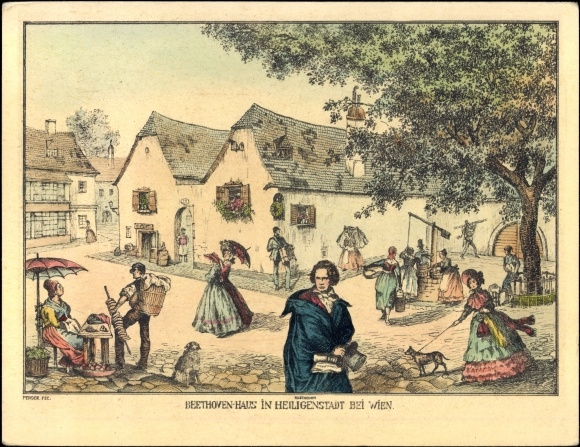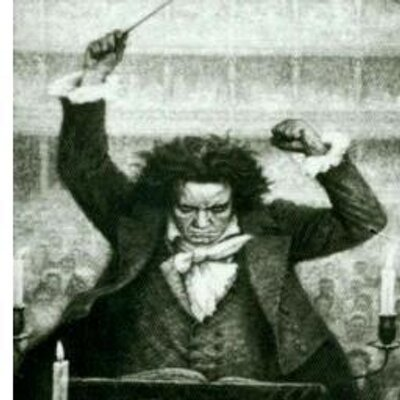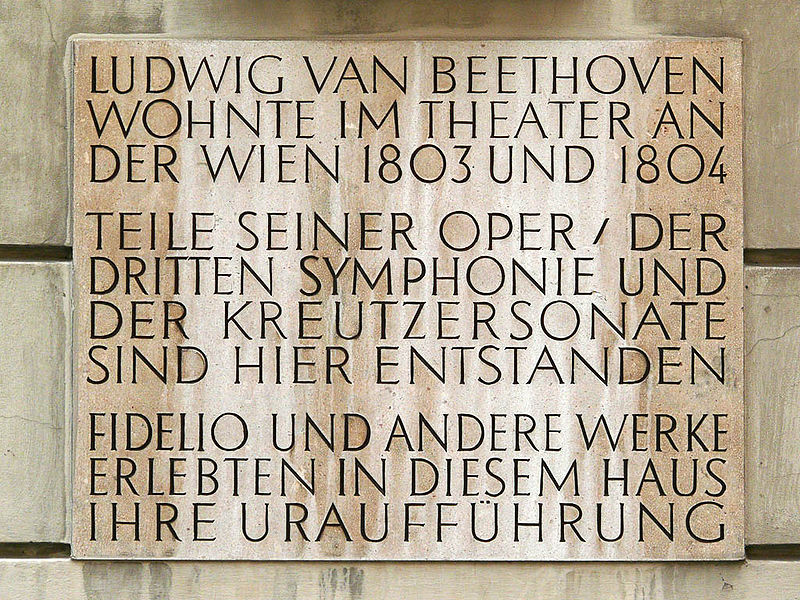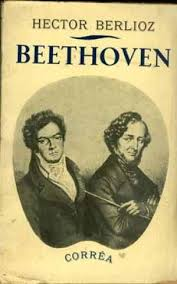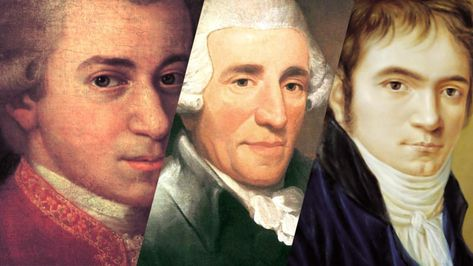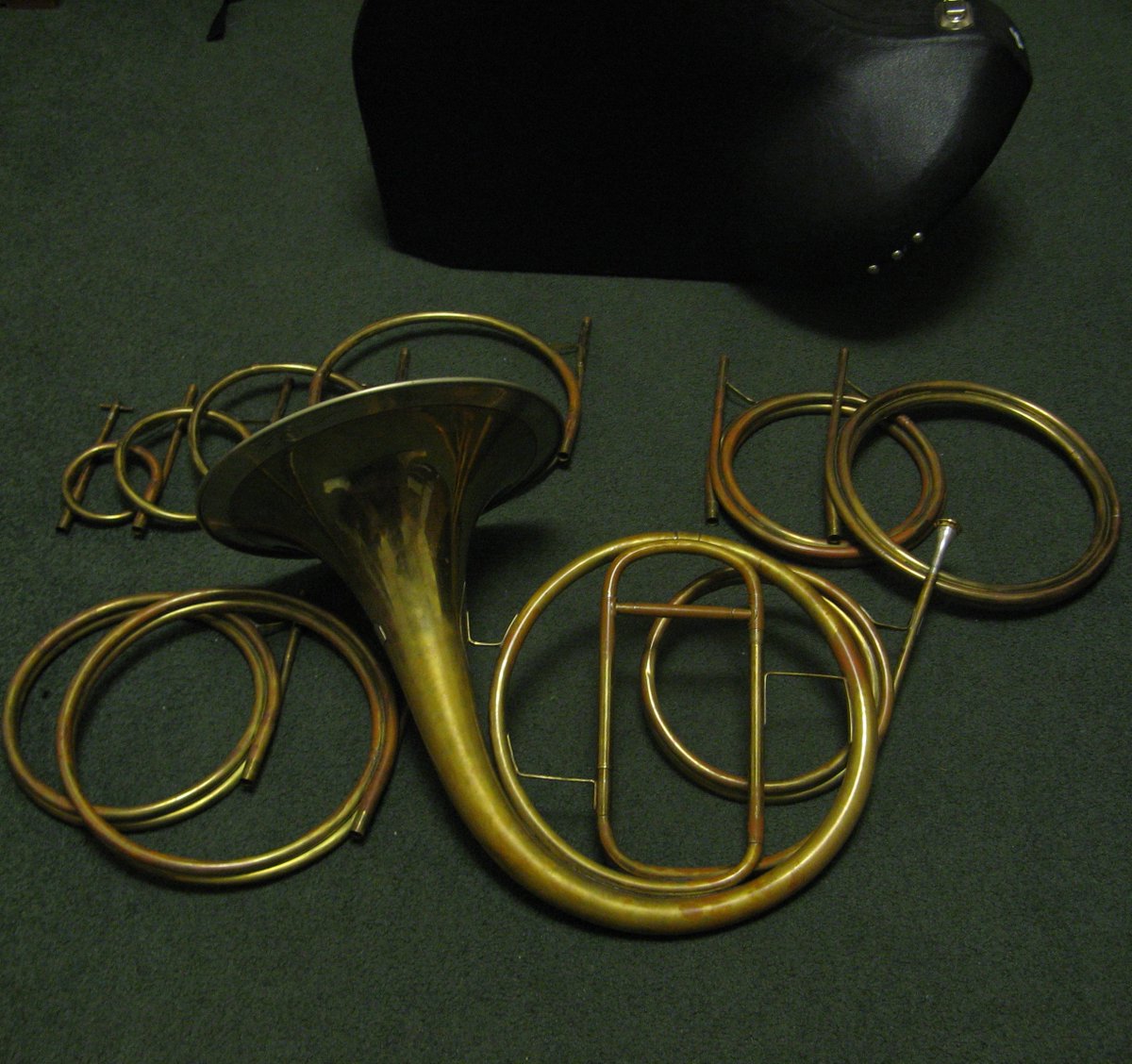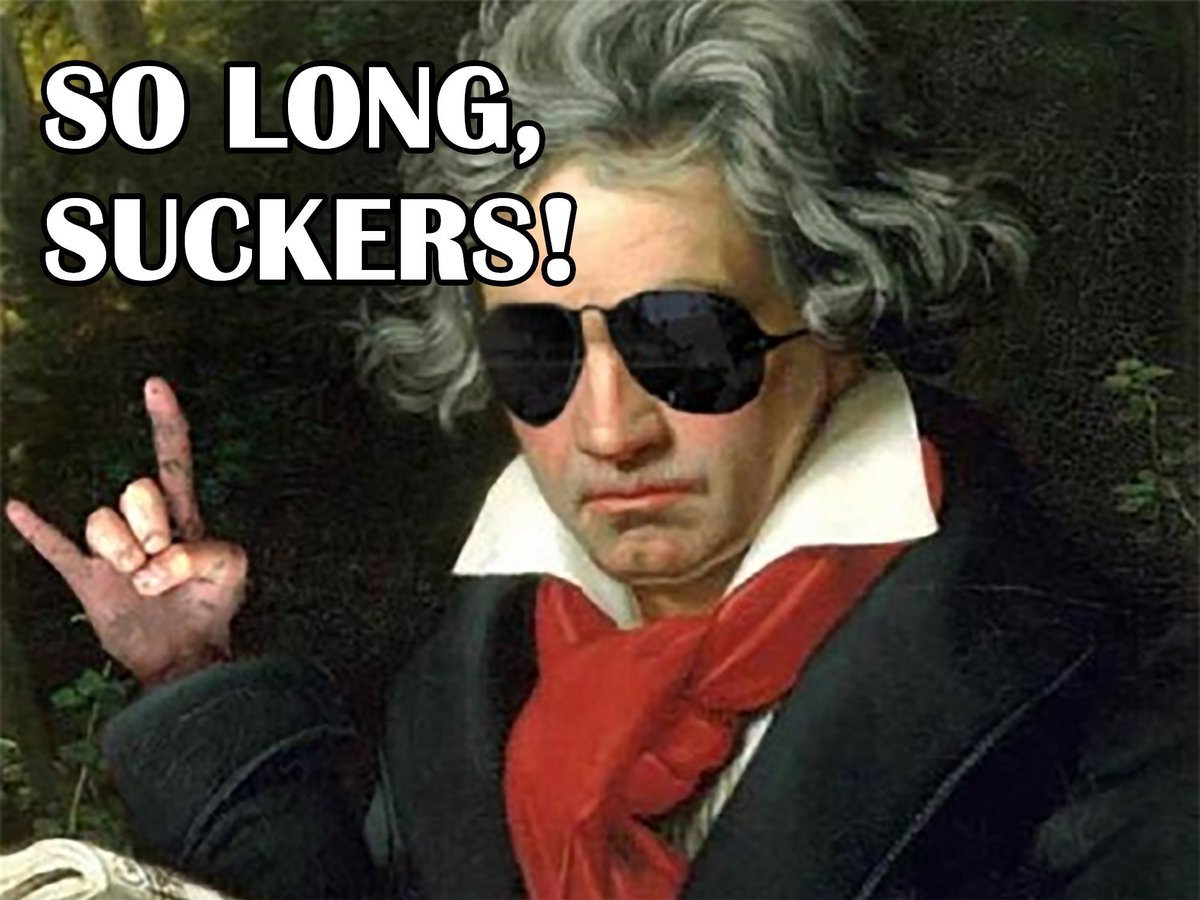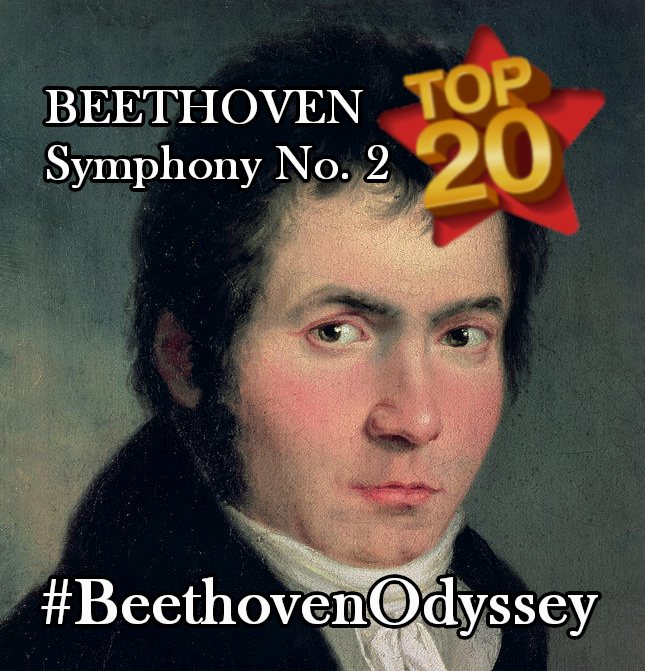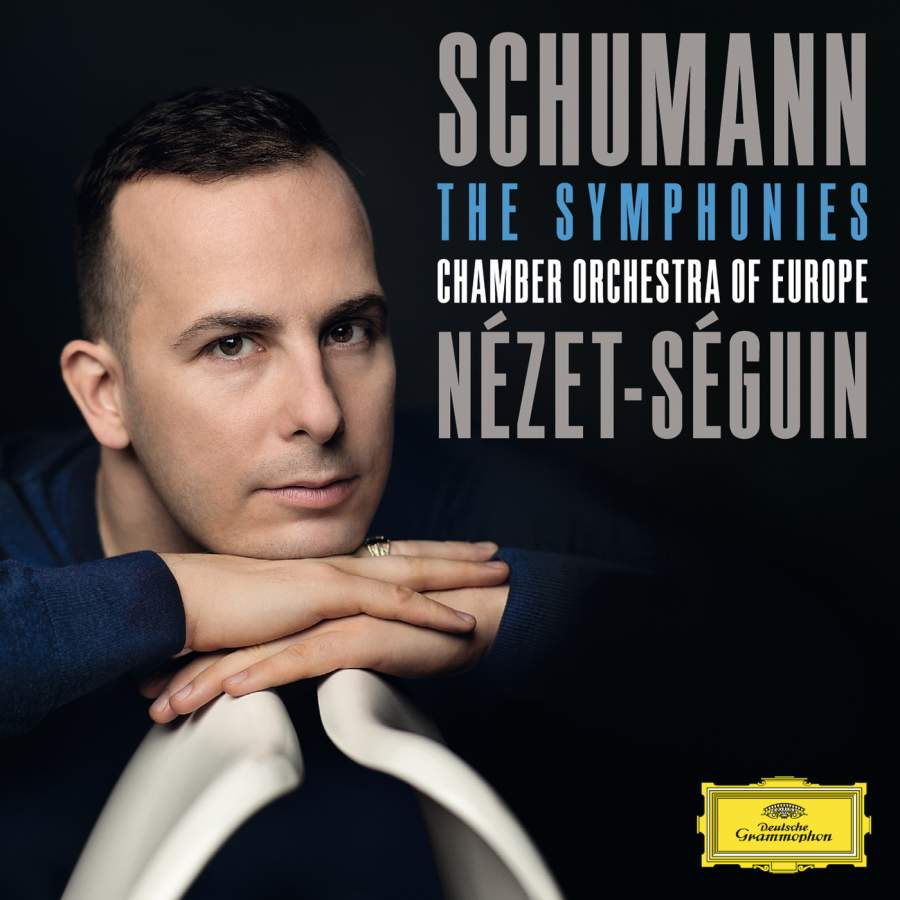Symphony No. 2 in D major, Op. 36 (1800-02)
1/ Beethoven's response to the despair caused by his incurable deafness? The longest, most audicious, most joyful (*) symphony the world had ever heard.
Not all heroes wear capes.
Mozart, Beethoven's musical hero since childhood, is at the heart of his second symphony just as surely as Haydn, his teacher, was the wellspring for Symphony No. 1.
With a heroic resolve that still astonishes, Beethoven rejected suicide. Instead, he created even greater masterpieces for the very sense he was losing.
The Heiligenstadt Testament, addressed to his brothers, was never sent.
"a hideously writhing, wounded dragon that refuses to die, but writhing in its last agonies and, in the fourth movement, bleeding to death."
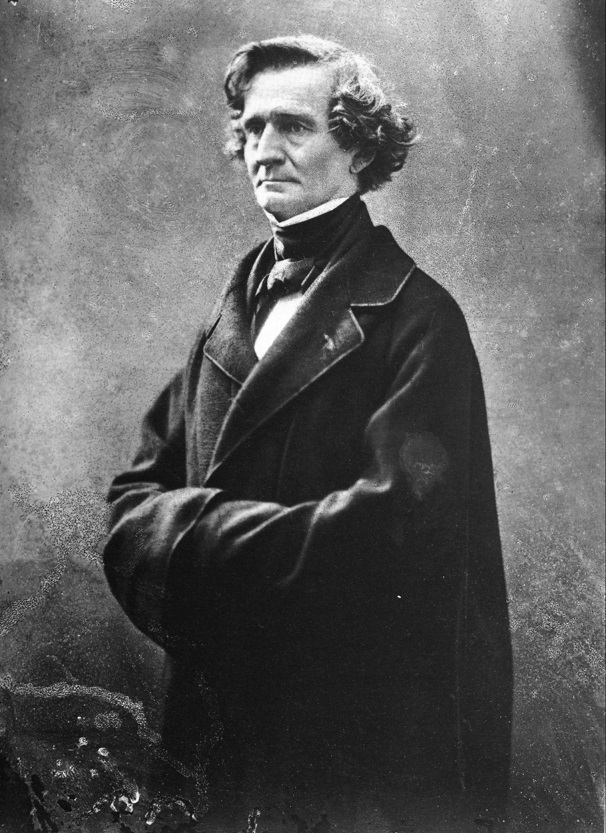
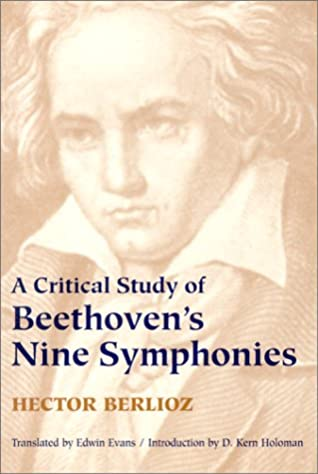
"full of new, original ideas"
"modulations that are far too strange"
"bizarre, wild and shrill"
Time for an analysis. I'll be using this video as a reference.
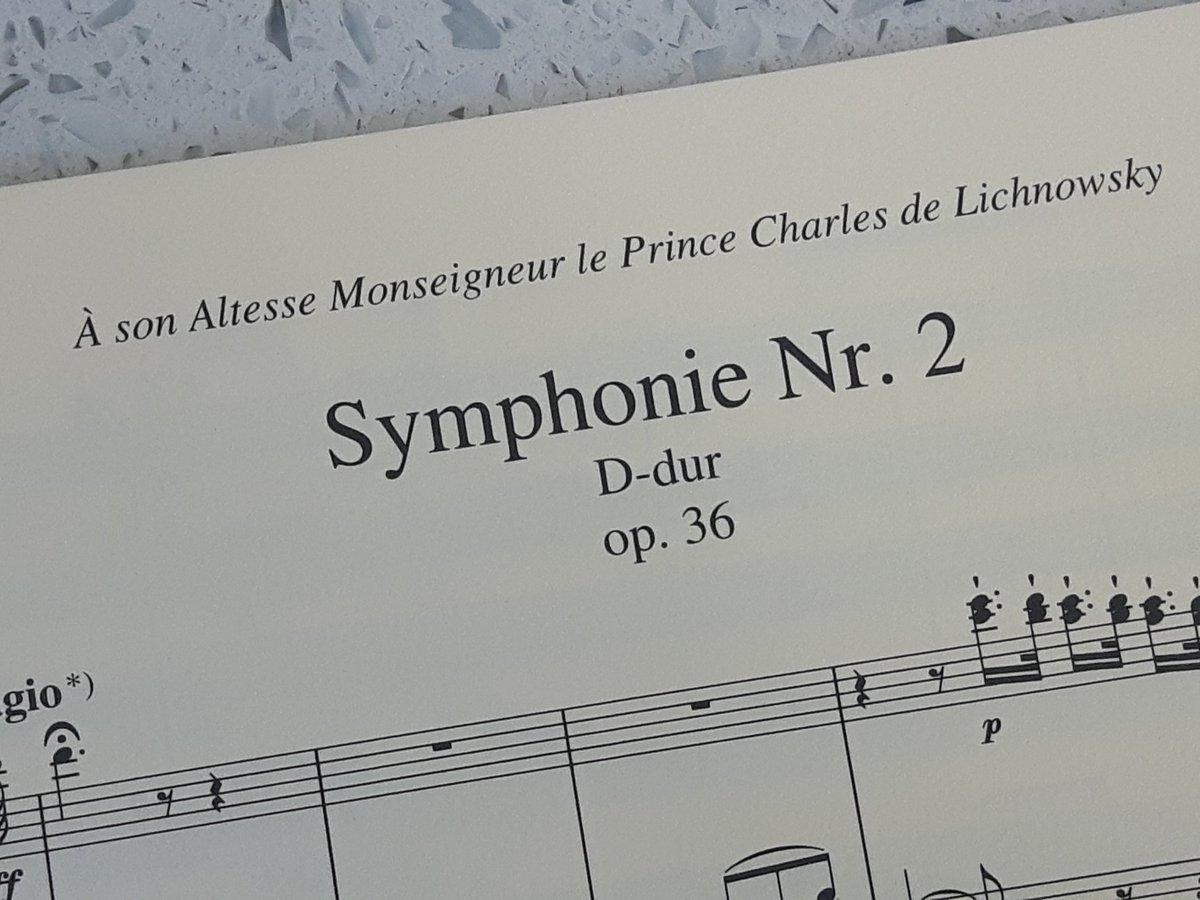
No symphony has risen more in my estimation than No. 2. It's not just a stop on the way to the Eroica; it's a rule-breaking, fun-loving thrill ride.



